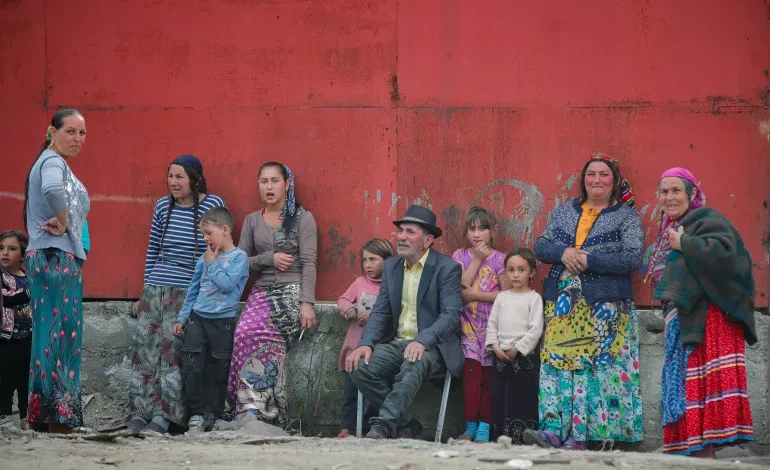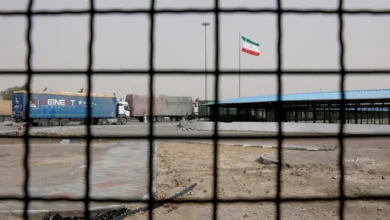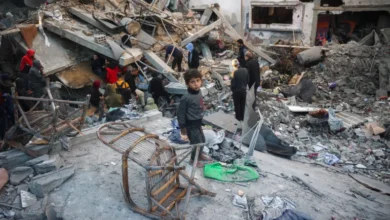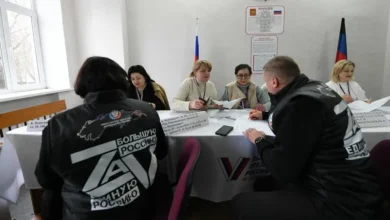‘My father didn’t beat my mother in a gypsy fashion – he just beat her’

The strongest memory Gelu Duminică has from his fieldwork as a sociology student in Romania is the smell of burned human flesh. “There were bloody times back then, in the ‘90s and early 2000s, after the fall of communism,” he says. “People were setting each other on fire. Literally. Many people (whether through tensions between Romanian and Hungarians, Romanian and Roma, or Hungarian and Roma) died in interethnic conflicts.”
Duminică, 46, is one of the leading voices for the Roma cause in Romania. He is a man with a warm voice and a sparkling, deep regard for the subject he knows so well and so personally.
Much of his journey begins with his grandfather, who was fighting for Romania on the Eastern Front during World War II. While he was risking his life to defend his country, his country was busy deporting his Roma family during the Romani Holocaust. Of the 40 members of the family pushed out, only two returned home – one was Duminică’s father.
The Romani Holocaust involved the forced deportation of 25,000 Romani people to Transnistria, a region under Romanian control at the time. Records show that nearly half were children and, tragically, more than 11,000 lost their lives to severe hunger, extreme cold and the deadly typhus epidemic.
Duminică was born in the latter part of the 1970s into crushing poverty and sporadic domestic violence in the city of Galați in eastern Romania. His father had lost his own parents to the Romani Holocaust at the age of three, and turned to begging. Duminică often says that when two states of poverty – his mother’s and father’s – came together, the result was even greater poverty for everyone. The family’s first home was a stable.
There were five sons, with Duminică born nine months and 10 days after an older brother had succumbed to leukaemia. His parents, in a desperate bid to save their son, had dismantled their house and sold the bricks to pay for medical treatment.
No one in Duminică’s community had made it to high school before he went, at the insistence of his mother. For most, the highest aspiration was to collect bird feathers for a local bedding and pillow company, a job that was considered clean and easy compared with other occupations: sewage work, street cleaning, digging ditches and working on construction sites.
Life for the Roma community has improved little since then. Studies show 20 percent of Roma children are not enrolled in primary school. Eight in 10 leave school early.
According to the 2022 census, 3.4 percent of Romania’s population is of Roma ethnicity (570,000). But unofficial estimates tell a different story: Romania is, in fact, home to between 1.2 and 1.5 million Roma, many of whom don’t declare their ethnicity for fear of stigma.
From segregation and discrimination to bullying in schools, experts agree, the Romanian state has failed to improve conditions since 2001, when the government published its first “strategy” to improve conditions for Roma communities during its accession to the European Union.
After high school, Duminică studied sociology and social work at the University of Bucharest, eventually becoming an associate professor and executive director of Agenția Împreună, an NGO focused on Roma social inclusion. Over the past two decades, he has participated in more than 50 projects aimed at improving life in disadvantaged areas in Romania.
In 2011, he successfully fought for a revision of the definitions of the terms “gypsy” (țigan) and “Roma” in the dictionary. He argued that the existing explanations perpetuated negative stereotypes by failing to acknowledge that the term “gypsy” is used in a derogatory way.









